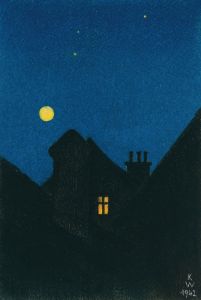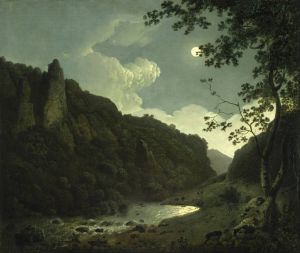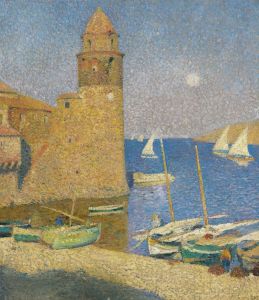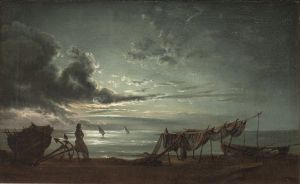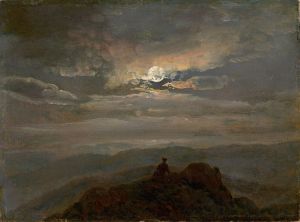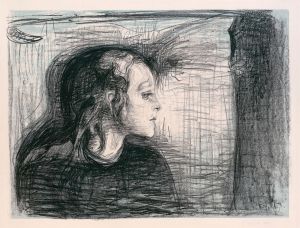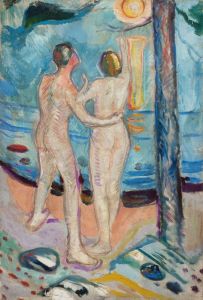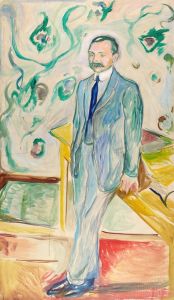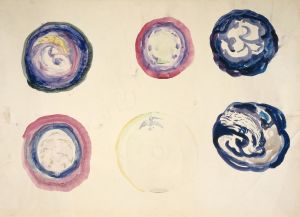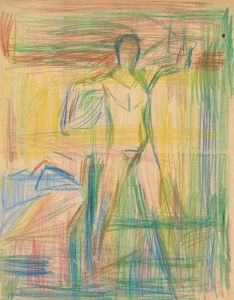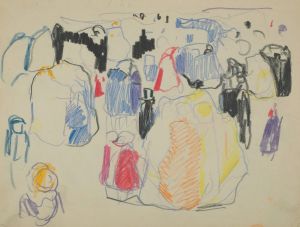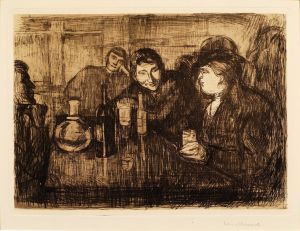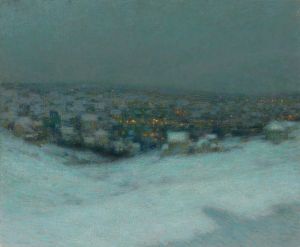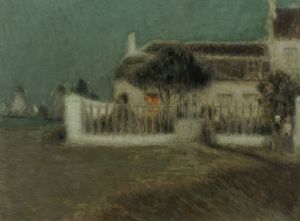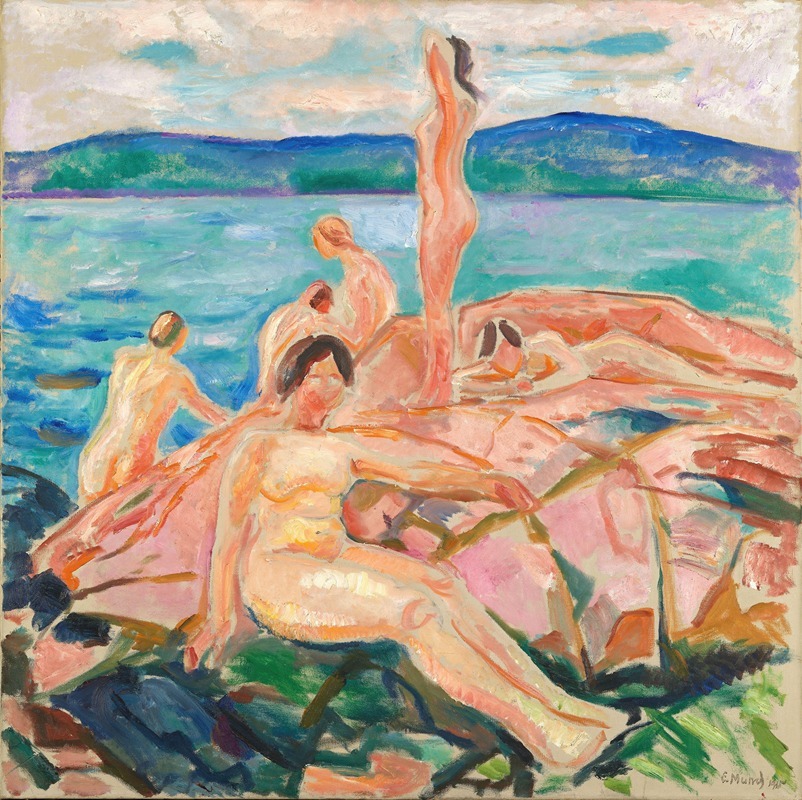
Midsummer
A hand-painted replica of Edvard Munch’s masterpiece Midsummer, meticulously crafted by professional artists to capture the true essence of the original. Each piece is created with museum-quality canvas and rare mineral pigments, carefully painted by experienced artists with delicate brushstrokes and rich, layered colors to perfectly recreate the texture of the original artwork. Unlike machine-printed reproductions, this hand-painted version brings the painting to life, infused with the artist’s emotions and skill in every stroke. Whether for personal collection or home decoration, it instantly elevates the artistic atmosphere of any space.
Edvard Munch, a Norwegian painter and printmaker, is renowned for his evocative and emotional works that often explore themes of existentialism and human psychology. One of his lesser-known works is "Midsummer," a painting that reflects his unique style and thematic interests. While "Midsummer" may not be as famous as some of his other works like "The Scream," it still holds significance within his oeuvre.
"Midsummer" was created during a period when Munch was deeply engaged with Symbolism and exploring the human condition through his art. This painting, like many of his works, is characterized by its use of vivid colors and expressive forms. Munch's style often involved a departure from realistic representation, focusing instead on conveying emotional and psychological states. This approach is evident in "Midsummer," where the use of color and form is intended to evoke a particular mood or atmosphere.
The painting depicts a scene that is typical of Munch's interest in nature and its relationship to human emotion. Midsummer, a time associated with the summer solstice, is often linked to themes of fertility, growth, and the peak of life. In Scandinavian culture, Midsummer is a significant celebration, and Munch's depiction may reflect the cultural importance of this time of year. The painting captures the essence of Midsummer through its vibrant colors and dynamic composition, suggesting a sense of life and vitality.
Munch's work is often noted for its exploration of themes such as love, anxiety, and death. While "Midsummer" may not explicitly depict these themes, the painting's mood and atmosphere can be interpreted as part of Munch's broader exploration of the human experience. The use of light and shadow, along with the interplay of colors, creates a sense of depth and complexity that invites viewers to engage with the painting on an emotional level.
Throughout his career, Munch was influenced by various art movements, including Impressionism and Post-Impressionism, which can be seen in his use of color and brushwork. However, he developed a distinctive style that set him apart from his contemporaries. His work often features a sense of movement and fluidity, as seen in "Midsummer," where the composition seems to capture a fleeting moment in time.
Munch's impact on modern art is significant, with his work influencing a range of artists and movements, including German Expressionism. His ability to convey deep emotional and psychological states through his art has left a lasting legacy. "Midsummer," while not as widely recognized as some of his other works, is a testament to his skill in capturing the essence of human experience through the medium of painting.
In summary, "Midsummer" by Edvard Munch is a painting that reflects the artist's interest in nature, emotion, and the human condition. Through his use of color, form, and composition, Munch creates a work that is both visually striking and emotionally resonant. While it may not hold the same level of fame as some of his other pieces, it remains an important part of his artistic legacy, showcasing his unique approach to capturing the complexities of life and emotion.





